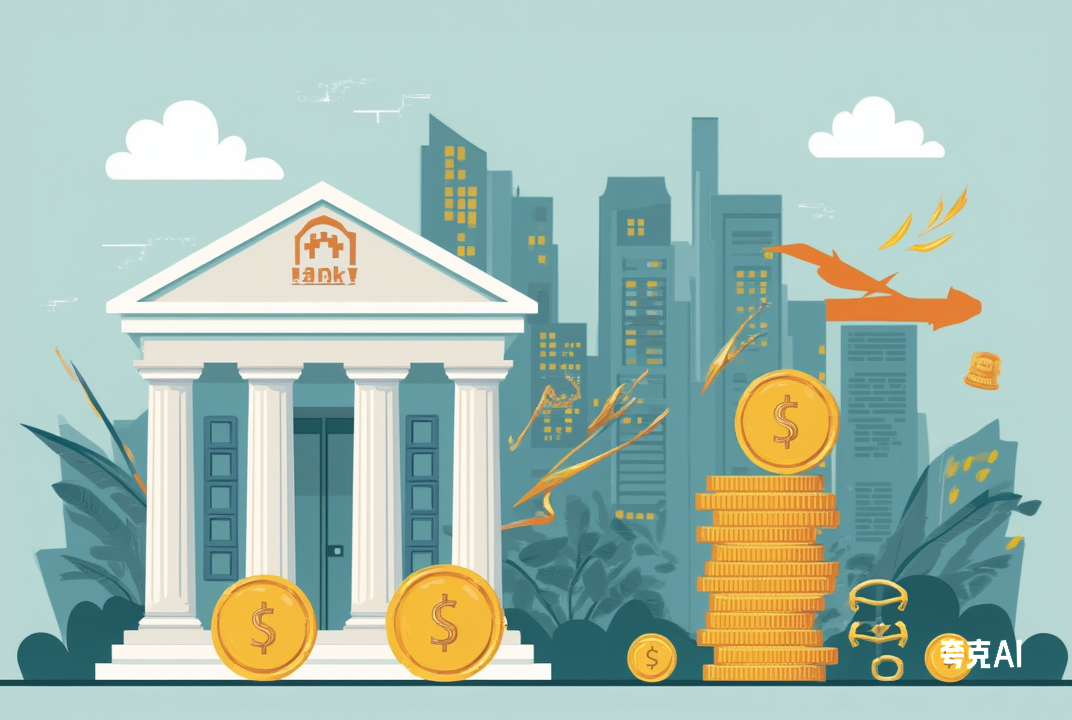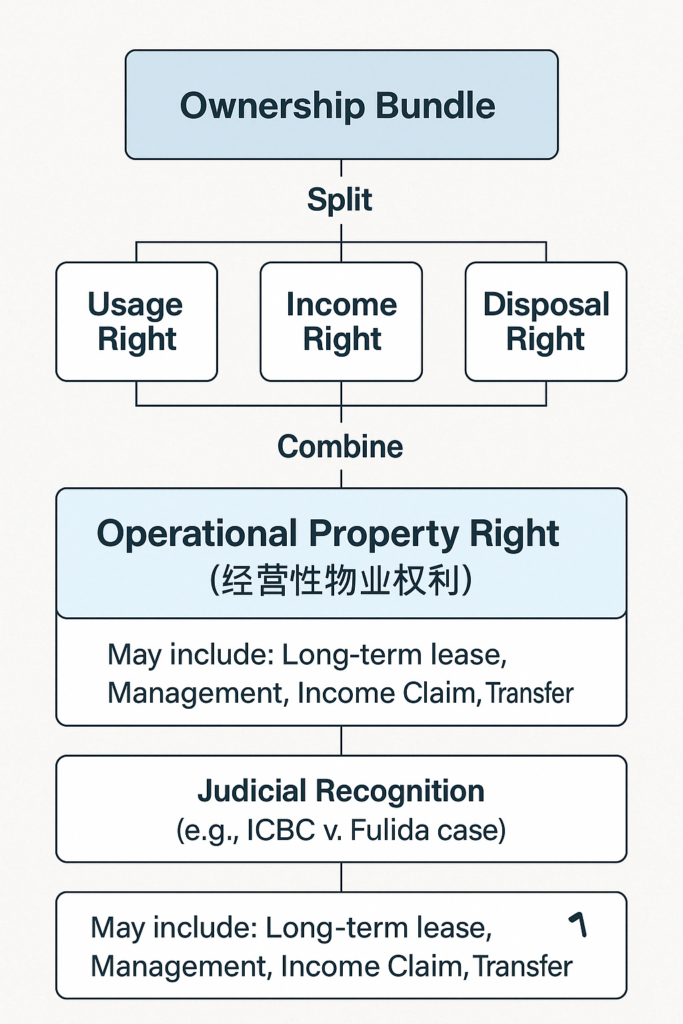In the dynamic business landscape of the United States, selecting the right financing option is crucial for business owners. This in – depth analysis aims to compare SBA loans and traditional commercial loans, helping you make an informed decision.
I. Core Background Differences
1. Government Guarantee
- SBA Loans:
- These loans come with government backing, typically guaranteeing 75% – 85% of the loan amount.
- With the U.S. Small Business Administration (SBA) shouldering a portion of the risk, banks are more inclined to support small businesses with limited qualifications or lower credit scores.
- As a result, loan approvals are more accessible.
- Commercial Loans:
- There is no government guarantee.
- Banks bear the full risk, leading to more stringent approval criteria.
2. Down Payment Requirements
- SBA Loans:
- Require a relatively low down payment, usually ranging from 10% – 20%.
- The CDC/504 program only demands a 10% down payment, which eases the cash – flow burden on businesses.
- Commercial Loans:
- Have higher down payment requirements, commonly 20% – 30%.
- Some projects may even ask for over 40%, necessitating a large initial capital outlay.
II. Specific Comparative Analysis
1. Interest Rates
- SBA Loans:
- For the 7(a) loan program, the interest rate is the prime rate plus 2.25% – 4.25%.
- The 504 loan program offers a fixed rate of approximately 5% – 6%.
- Government regulation sets an upper limit on interest rates.
- Commercial Loans:
- Interest rates are determined by the market. In favorable conditions, the interest can be lower than that of SBA loans, but in less – favorable scenarios, it can reach double – digits.
- Rates fluctuate widely without government – imposed caps.
2. Repayment Terms
- SBA Loans:
- For real estate, the maximum repayment period is 25 years.
- For equipment, it’s 10 years, and for working capital, also 10 years.
- Longer repayment terms result in lower monthly payments.
- Commercial Loans:
- Real estate loans usually have a 15 – 20 – year repayment term.
- Equipment loans span 3 – 7 years, and working – capital loans are for 1 – 3 years.
- Shorter repayment terms lead to higher monthly payment pressures.
3. Application Requirements
- SBA Loans:
- Are friendly to small businesses, including startups.
- Accept lower business credit scores (a minimum of 140).
- Require the business owner to be a U.S. green – card holder or citizen.
- Need a detailed business plan.
- Commercial Loans:
- Prefer more established businesses with at least two years of operation history.
- Require higher business credit scores (usually above 160) and focus more on financial performance.
- Do not mandate the business owner to be a U.S. green – card holder or citizen (e.g., visa types like A5, C8 are acceptable).
III. Suitable Scenarios
1. SBA Loans
- Ideal for startups, businesses with tight cash – flow, those with average credit records, enterprises in need of long – term stable funds, and businesses with limited down – payment funds.
2. Commercial Loans
- Better suited for mature and stable businesses, those with sufficient cash – flow, businesses with excellent credit records, companies in need of rapid approval, and those that can tolerate higher monthly payments.
IV. Application Process Comparison
1. Timeframe
- SBA Loans:
- The document – preparation phase takes 2 – 4 weeks, and the approval process can last around 3 months, resulting in a relatively long overall cycle.
- Commercial Loans:
- Document preparation only takes 1 – 2 weeks, and the approval time is 2 – 4 weeks, making the process quicker.
2. Required Documents
- SBA Loans:
- Need a detailed business plan, SBA – specific application forms, personal resumes, and more supporting documents.
- Commercial Loans:
- Mainly require financial statements, tax returns, bank statements, and basic business documents.
V. Advantages and Disadvantages
1. SBA Loans
- Advantages:
- Low down – payment requirements.
- Relatively stable interest rates.
- Long repayment terms.
- Lenient approval conditions.
- Government – guaranteed support.
- Disadvantages:
- Complex application process.
- Long approval time.
- High document requirements.
- Possible guarantee fees.
- Restrictions on loan use.
- Requirement for a well – defined business plan.
2. Commercial Loans
- Advantages:
- Fast approval.
- Simple procedures.
- Flexible use of funds.
- No government review.
- Greater negotiation space.
- Disadvantages:
- High down – payment requirements.
- Stringent tax – return requirements.
- Short repayment terms.
- Strict assessment of past experience and business conditions.
- High – risk exposure for the borrower.
VI. Application Recommendations
1. Evaluate Business Conditions
- Analyze your financial situation, assess your credit record, consider your cash – flow, and take into account your business experience.
2. Compare Specific Terms
- Compare the total cost of the loan, calculate the monthly payment pressure, and evaluate the approval period.
3. Prepare Thoroughly
- Organize your documents in advance, improve your financial situation, and refine your business plan.
Conclusion
SBA loans are more suitable for startups and small businesses with unstable financial conditions. There is no one – size – fits – all answer when choosing between SBA loans and commercial loans. The key is to make a choice based on your business’s specific situation. We recommend thoroughly evaluating your business conditions before applying and consulting a professional loan advisor if necessary to make the best decision.
🥳 Love My Content?
Fuel more free guides with a beer! 🍺
(Every sip makes the keyboard dance!)
Secured via PayPal • No account needed

 SinoLoanHub: Expert Business Loan Solutions for North American Companies
SinoLoanHub: Expert Business Loan Solutions for North American Companies






